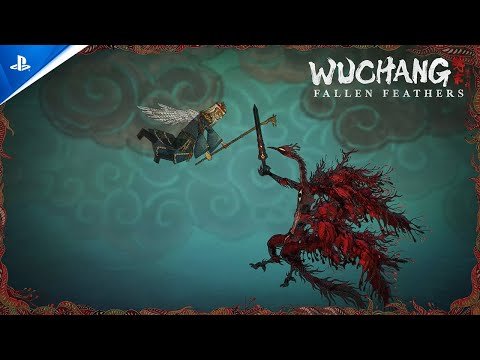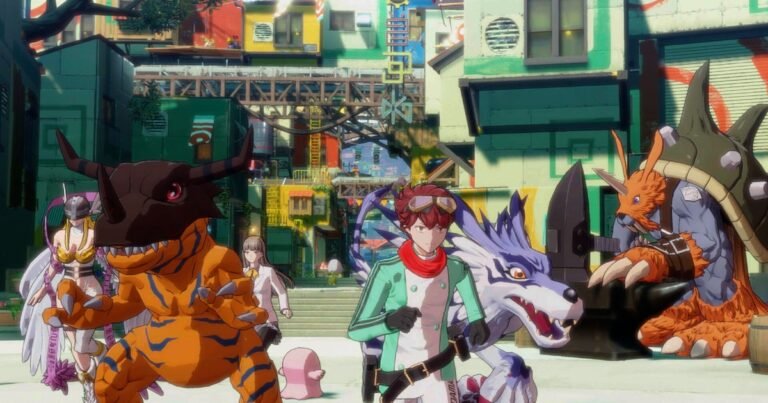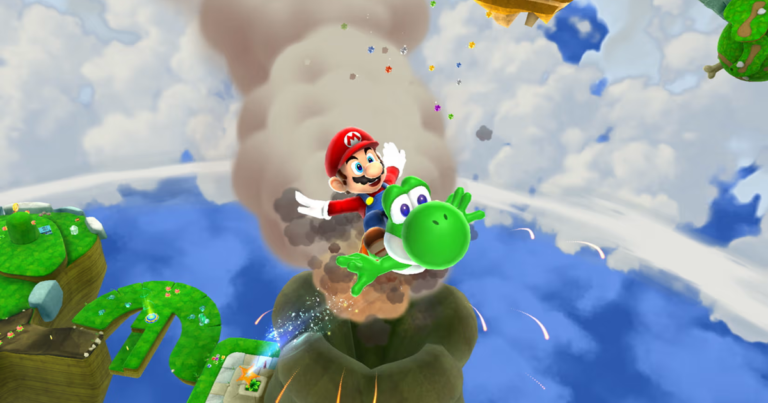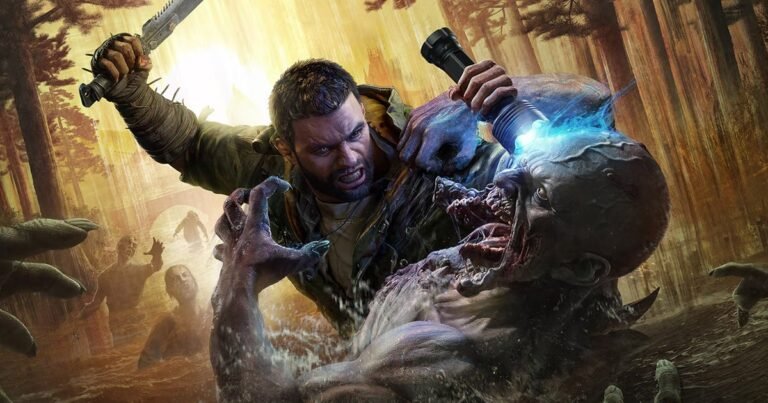
Wuchang: Fallen Feathers emerges as a new addition to the oversaturated soulslike genre, offering a journey through a dark world in a war-torn China ravaged by disease and corrupted spiritualities. Leenzee Games blends historical elements from the end of the Ming dynasty with a gothic fantasy vision, rich in monsters, curses, and existential conflicts.
Mechanics with flashes of innovation
The core structure mirrors that of typical soulslike games: interconnected shortcuts, intricate areas, concealed secrets, bosses with intricate attack patterns, and challenging combat. However, unlike titles like Elden Ring or Sekiro, Wuchang lacks significant innovations. The absence of basic features, such as a map, feels peculiar, especially in a title with a non-linear progression and numerous labyrinthine areas. Nevertheless, the game introduces interesting systems, including the Impetus Repository, a skill tree that enables changing attacks and creating unique fighting styles, providing players with total freedom to experiment without consequences.
Feathering and Inner Demon: good ideas, contradictory results
Two systems aim to differentiate Wuchang within the soulslike genre: Feathering, which incorporates madness as a central mechanic, and Inner Demon, a consequence of this instability. The Feathering system introduces a madness bar that increases with kills and fights, boosting damage dealt but also vulnerability. This risk-reward dynamic is complemented by abilities and powers unlocked at advanced insanity levels. However, the system’s punitive nature in poorly balanced sections can make progression more frustrating than challenging. On the other hand, Inner Demon manifests as a corrupted version of the player upon death while mad, leading to a dual against oneself to retrieve lost resources. Although creative, this mechanic can intensify tension and overly penalize players in already difficult areas. With better balance, it could evolve into a core strength of the game.
Despite some design flaws that can make progression arduous and narrative coherence lacking, Wuchang’s qualities are undeniable. The game instills a desire for growth and mastery, urging players to refine their skills and conquer obstacles. The satisfaction of overcoming seemingly insurmountable challenges, such as defeating a formidable boss, is both palpable and well-earned.
Bosses and combat
The combat in Wuchang: Fallen Feathers is characterized by its speed, technicality, and emphasis on fluidity, precision, and resource management. It involves the strategic use of 25 different weapons across five types, each enabling unique styles and combos. The Skyborn Might mechanic rewards precise dodges with energy to execute powerful abilities, integrating magic seamlessly into combat. Various devices and consumables further enhance the combat experience.

Visual and Atmosphere: Untapped Potential
Despite attempting to convey a torn and grotesque China, the visual execution of Wuchang falls short, particularly on consoles. Issues such as low-resolution textures, poorly calibrated HDR, and aggressive upscaling detract from the overall experience. The world may feel empty at times, with static elements that lack interactivity. These technical shortcomings hinder immersion in a game heavily reliant on its setting.
On the PlayStation 5, the use of upscaling is notably aggressive, with three visual modes available. While the Balanced mode strikes a good balance between frame rate and visual quality, the game fails to fully utilize the capabilities of the PS5 Pro. The Quality mode offers slight improvements but sacrifices fluidity, impacting crucial moments during intense battles.
Conclusion
Wuchang: Fallen Feathers sets out to establish itself as a soulslike game with a unique identity rooted in Chinese mythology. Despite technical and narrative flaws, the game showcases ambition and creativity in its character customization, equipment variety, enchantment mechanics, and narrative consequences. While not revolutionary, Wuchang takes steps to carve out its place in a competitive genre, offering challenging and rewarding experiences for dedicated players.
- Flexible and customizable build system
- Challenging bosses
- Possibility of respec without penalty
- Useful variety of equipment
- Original mechanics like Feathering and Inner Demon
- Malintroduced and directionless narrative
- Visual below the capabilities of the PS5 Pro
- Confusing level design
- Enemies with erratic behaviors



